"Let's FIND SOME BEAUTIFUL PLACES TO GET LOST TOGETHER."
Description
Sri Lanka National parks provide fantastic opportunity to see diverse wildlife, much of which is endemic and rare. Sri Lanka’s national parks are home to brilliant gatherings of photogenic wild Asian elephants, high density of leopards, rare species such as the imposing Sloth Bear and excellent variety of birds. This package is designed to visit Sri Lanka’s best national parks such as Yala, Wilpattu, Minneriya filled with exotic animals and plant life, some of which are endemic to the island. We can help you customize this packages to accommodates your interests, budget or any other special requirements.
Activities Covered
- Visit Anawilundawa Ramsar Wet Land
- Full Day Safari at Wilpattu National Park
- Visit Dambulla cave temple & Sigiriya Lion rock.
- Elephant Safari in Minneriya National Park
- Royal Botanical Garden in Kandy
- Horton Plains National Park.
- Full day Safari in Yala National Park
- Explore the Sinharaja Rain Forest
- Whale watching in Mirissa
- Sea Turtle Conservation Center
- Thalangama Wet land
Locations You Stay
- Wilpattu
- Habarana
- Nuwaraeliya
- Yala
- Sinharaja Rain Forest
- Mirissa
- Colombo
Travel Route
itinerary
DAY 01 & 02 | ARRIVAL - NEGOMBO - FISH MARKET - ANAWILUNDAWA BIRD SANCTUARY - WILPATTU NATIONAL PARK.
Ayubowan !! Welcome to Sri Lanka. you will meet our bird watching guide at the airport. then we drive to Wilpattu National park. our first stop will be Anawilundawa RAMSAR we land for birding. then we will check in our Eco Safari Lodge in Wilpattu National Park. Next day we will do the full day safari at Wilpattu National Park.
Anawilundawa Bird Sanctuary – This sanctuary which comes under the Department of Wild Life Conservation is 1,397 hectares in extent. It is primarily a complex of large tanks and adjoining forest. The largest of the tanks holds a large breeding colony of Herons and other water birds mainly during the months of April – June. The dominant species is the Openbill but Great Cormorant, White Ibis and a whole host of other species breed here. A walk on the bund of this tank will permit one to get close to the breeding colony. During the season many species of migrants can also be observed here. A spotting scope would add much value to get the most out of this locality.
Anawilundawa is a best place for photographers and nature lovers to see different kinds of birds in their natural habitats. This amazing bird sanctuary is located in the North Western Province of Sri Lanka. The uniqueness of Anawilundawa is its immediate proximity to three vastly different ecosystems such as the coast, the mangroves and the fresh water tanks making it one of the six RAMSAR Wetlands in Sri Lanka.
Wild Life you can see from here – Birds –Openbill, Purple Coot, Common Moorhen, Lesser Whistling Teal, Purple Heron, Grey Heron, Stork-billed, Common, Pied & White-breasted Kingfishers, Gargany, White-bellied Sea Eagle, Grey-headed Fish Eagle, Black-winged Stilt, Cotton Teal, Indian Shag, Spoonbill, Large, Median & Little Egrets, Black-backed Yellow Woodpecker, Brown Fish Owl and many more.
Wilpattu National Park– The oldest and largest national park in Sri Lanka, the Wilpattu National Park is located on the West Coast of the island and consists of what is mostly thick secondary forest combined with small clearings . However unlike semi-arid Yala, Wilpattu is more lush and scenic with a variety of vegetation to be found in different parts of the park. The park is unique for its high concentration of villus (basin like natural tanks) which provide water to herds of wild animals and flocks of birds. Noteworthy is the fact that crocodiles also make their home in these villus. However Wilpattu’s fame is derived primarily from its leopard and bear population. It is quite a common occurrence to see leopards relaxing or drinking water from the many villus found in the park. The primitive nature of Wilpattu makes it all the more exciting to experience with January to May being considered the best time to visit.
Wild life you can see here – Birds – Brown-capped Babbler, White-rumped Shama, Ceylon Grey Hornbill, Pintail Snipe, Ceylon Jungle Fowl, Black-tailed Godwit, Great Stone Plover, Little Ringed Plover, Ceylon Green Pigeon, Orange-breasted Green Pigeon, Malabar Pied Hornbill, Racket-tailed Drongo, Forest Eagle Owl, Brown Fish Owl and many more. Mammals – Sri Lankan sloth bear (Melursus ursinus inornatus), Sri Lankan elephant (Elephas maximus maximus), Golden jackal (Canis aureus), Sri Lankan leopard (Panthera pardus kotiya). Reptiles – Indian python (Python molurus), Russell’s viper (Daboia russelii), Pondichéry fan-throated lizard (Sitana ponticeriana).
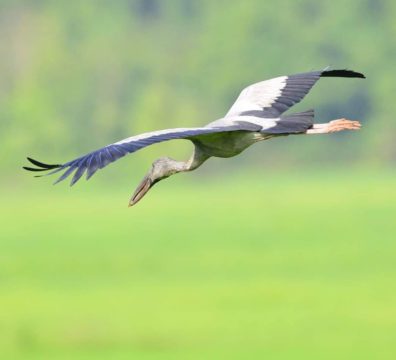
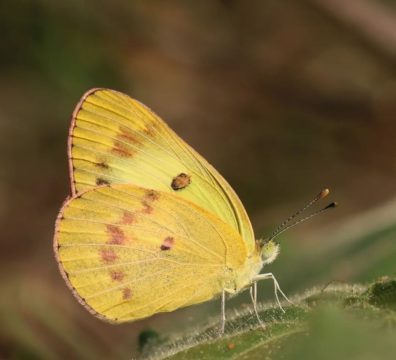
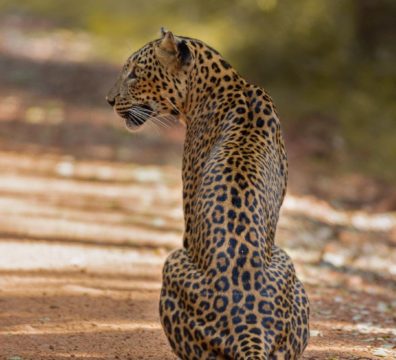
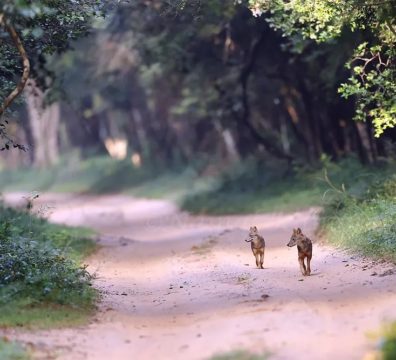
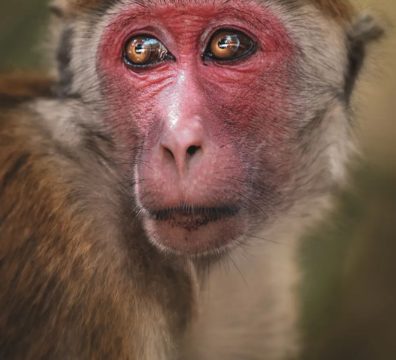
DAY 03 & 04 | SIGIRIYA LION ROCK & DAMBULLA CAVE TEMPLE - MINNERIYA NATIONAL PARK.
Two hours drive we will reach Dambulla /Habarana Hotel. you can visit Dambulla Cave Temple on the way and Sigiriya Lion Rock at the evening.
Next morning we will do the safari in Minneriya national park our main target would be Asian Elephants. after the safari you can get Ayurvedic treatment or relax at the hotel.
Minneriya National Park – The oldest and largest national park in Sri Lanka, the Wilpattu National Park is located on the West Coast of the island and consists of what is mostly thick secondary forest combined with small clearings . However unlike semi-arid Yala, Wilpattu is more lush and scenic with a variety of vegetation to be found in different parts of the park. The park is unique for its high concentration of villus (basin like natural tanks) which provide water to herds of wild animals and flocks of birds. Noteworthy is the fact that crocodiles also make their home in these villus. However Wilpattu’s fame is derived primarily from its leopard and bear population. It is quite a common occurrence to see leopards relaxing or drinking water from the many villus found in the park. The primitive nature of Wilpattu makes it all the more exciting to experience with January to May being considered the best time to visit.
Wild Life you can see here – Birds – Ceylon Grey Hornbill, Brown Capped Babbler, Black Capped Bul bul, Brahminy Kite. Mammals – Toque Macaque (Macaca sinica), tufted gray langur (Semnopithecus priam), Grizzled giant squirrel (Ratufa macroura).
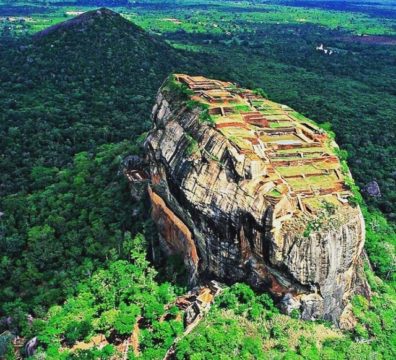
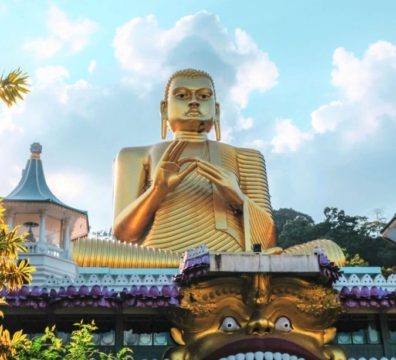
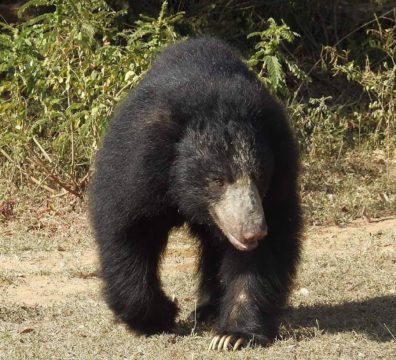
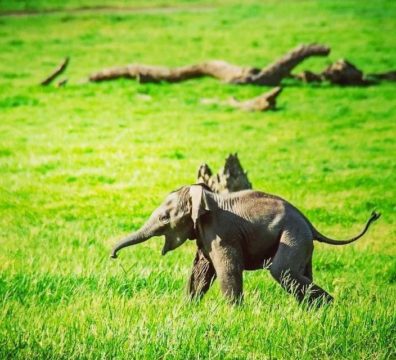
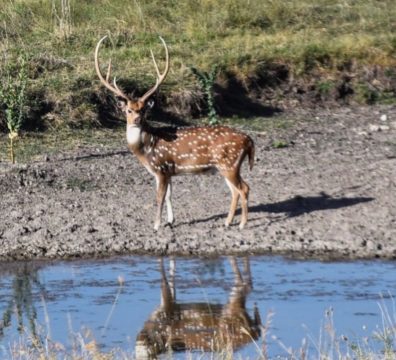
DAY 05 | ROYAL BOTANICAL GARDEN - KANDY & NUWARA ELIYA CITY TOURS.
After staying four days in Dry zone of the country today we will stroll to Central highlands and intermediate climate zone of the country. on our way to Nuwara eliya we will explore the tourist attractions in Kandy and then Royal botanical garden. then another two and half hours of drive we will reach our hotel in Nuwaraeliya.
Royal Botanical Garden – As Sri Lanka’s largest garden an elegant and spacious 147-acres (60-hectares) plenty of time is needed to stroll Peradeniya’s imposing Avenue of Royal Palms.There are some 4,000 different species of plants at Peradeniya Gardens. The 10,000 or so trees, which are the stars, are mature, lofty giants, many of them tropical timber trees. Highlights of the collection include the Giant Bamboo of Burma, capable of growing to 40 meters height (130 feet) with a 25-centimetre (10-inch) stem diameter. And it can grow by a rapid 30 centimeters a day (12 inches).
Absolutely sensational is the century old giant Javan fig tree, its tentacle like roots spread across the enormous area of about 1,800 square meters (19,375 square feet) a massive central trunk beneath the tree’s vast canopy ‘umbrella’.The Cannonball tree is also intriguing, with its cannonball-like fruit hanging off the trunk and large open, waxy pink-white flowers. So is the Double Coconut Palm, one of 200 types of palms displayed at Peradeniya – originating from the Seychelles, this tree produces the largest seed known. Its fruits take five years to mature.The gardens showcase all of Sri Lanka’s flora and representative species from around the tropical world. Luminaries as varied as Queen Elizabeth II , Marshal Tito and Yuri Gugarin have planted trees to mark their visits to the garden.
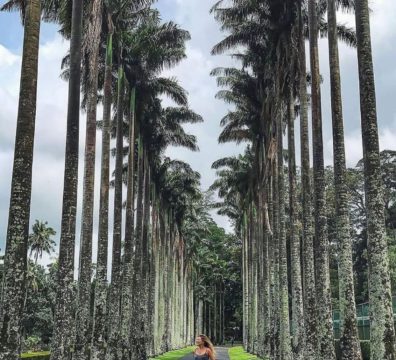
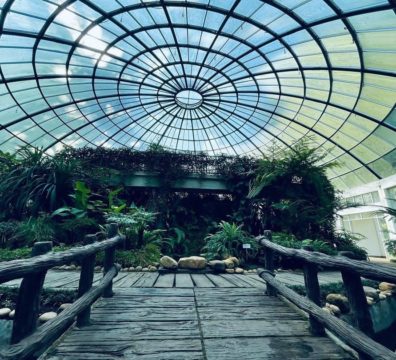
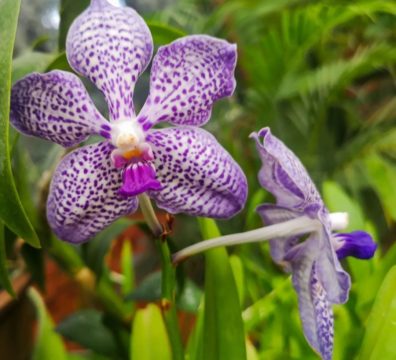
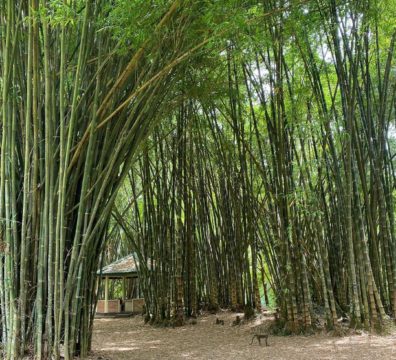
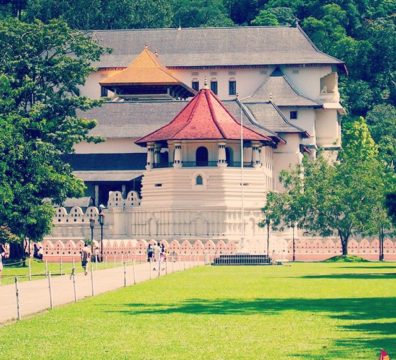
DAY 06 & 07 | HORTON PLAINS NATIONAL PARK - YALA NATIONAL PARK.
With packed breakfast we will trek to Horton plains national park & worlds end cliff /Bakers waterfall. on the path we will able to see lot of birds and Sambar deers which endemic to Sri Lanka. then we drive further south of country Yala national Park. and next day we will do the full day safari.
Horton Plains National Park – Horton Plains Park having been protected as a nature reserve from December 1969 this park was upgraded as a National Park in March 1988. The park covers an area of 3,160 hectares of montane grassland fringed and interspersed with patches of dense montane cloud forests. This park and the adjoining peak wilderness form the most important catchment area for almost all the major rivers in the country. This is also the highest plateau of the country, being above 5000 feet, and the western slops of the park supports the most extensive area of montane cloud forests surviving in the country. There are motorable roads as well as foot paths to different location in the park including the locality referred to as the “worlds end” which is a near vertical drop of 884m, and the picturesque Bakers falls etc. Most of the hill species of birds can be easily seen here during any walk in the park which is through forested areas, grasslands and streams. A walk to the “worlds end” is also through pristine hill bird habitat.
Birds you can see from here – Ceylon Warbler, Ceylon Whistling Thrush, Ceylon Wood Pigeon, Dusky Blue Flycatcher, Scaly Thrush, Spotted-winged Thrush, Ceylon Rufus Babbler, Ceylon Blue Magpie, Ceylon Hill White eye, Pied Bush Chat, Kashmir Red-breasted Flycatcher, Common Buzzard, Brown Baza, Yellow-eared Bul Bul, Black-winged Kite, Black eagle, Mountain Hawk eagle and many more.
Other Wild life you can see from here – Mammals – Sri Lankan sambar (Rusa unicolor unicolor), Sri Lankan leopard (Panthera pardus kotiya), Purple-faced langur (Semnopithecus vetulus), Dusky striped squirrel (Funambulus obscurus). Butterflies- Tamil treebrown (Lethe drypetis), Sri Lanka treebrown (Lethe daretis), Indian red admiral (Vanessa indica).
Yala National Park – Tucked away in the southeastern corner of the island and 300km away from the capital Colombo is Sri Lanka’s most visited national park, generally referred to as Yala. Considered by the BBC to be one of the best wildlife destinations in Asia, the park is made up of five blocks of which only two are open to the public. The high density of leopards in Block 1 means it is frequently visited but until 1938 Block 1 was reserved for hunters and only thereafter was it made a conservationist reserve. Yala is also a favorite spot for seeing elephants grazing in the scrub jungle or ambling across the road. One of the most beautiful sights at Yala is the wonderful mating dance of the fabulous peacock. Most travelers consider it well worth the lengthy journey when they are rewarded by the peacock in this fashion. Undoubtedly a wildlife safari at its best.
Wild life you can see here – Birds – Brown capped babbler (Pellorneum fuscocapillus), Eurasian curlew or common curlew (Numenius arquata), Sri Lanka swallow (Cecropis hyperythra), Sri Lanka woodshrike (Tephrodornis affinis ). Mammals – Toque Macaque (Macaca sinica), tufted gray langur (Semnopithecus priam), Sri Lankan leopard (Panthera pardus kotiya), ruddy mongoose (Urva smithii), Indian pangolin (Manis crassicaudata), Sri Lankan elephant (Elephas maximus maximus).
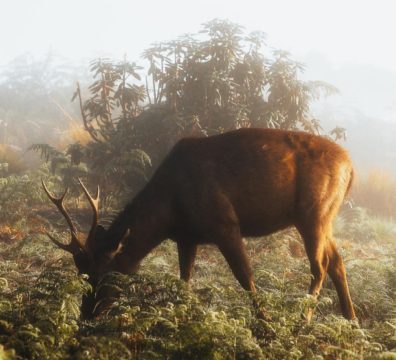
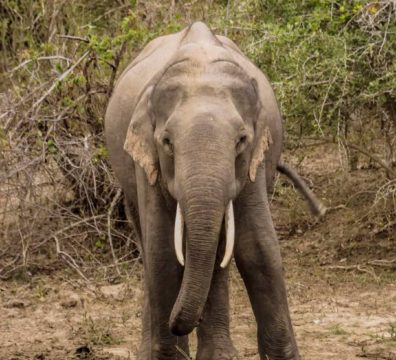
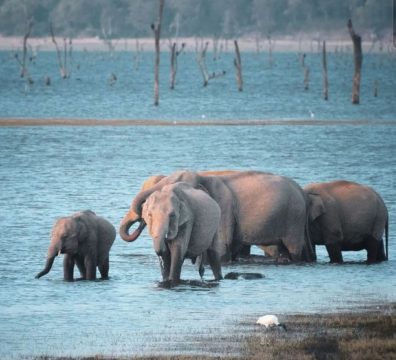
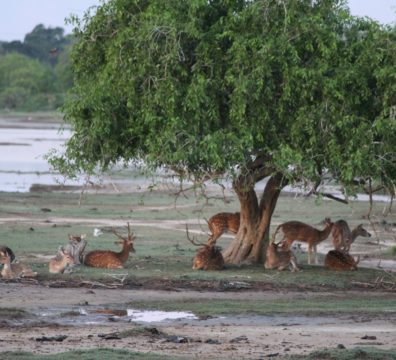
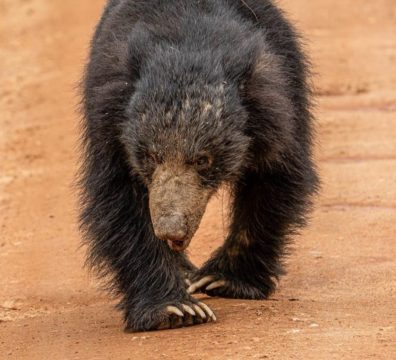
DAY 08,09 & 10 | SINHARAJA RAIN FOREST.
We take the breakfast and the we drive in to country’s only primary rain forest and UNESCO natural world heritage. this tropical rain forest hope to 95% endemic birds. on our first day we walk around our Eco lodge. next day full day birding inside the rain forest.
Sinharaja Rain Forest (a UNESCO World Heritage Site)– An area of 18900 acres is located within southern provinces of Sri Lanka. It is home to over 95% of Sri Lanka’s endemic species of mammals and butterflies, as well as many kinds of insects, reptiles and rare amphibians. Sri Lanka’s tropical lowland rain forest has over 60% of the trees endemic and many of these are rare; there are 21 endemic bird species, and a number of rare insects, reptiles and amphibians. Sinharaja is biologically the most unique wet ever green rain forest in the country with an exceptionally high degree of endemism. Sinharaja is famous for its mixed feeding bird flocks and a high degree of endemic birds can be observed during the bird walks.
Birds you can see from here – Green-billed Coucal, Red-faced Malkoha, Ceylon Blue Magpie, Rufous Babbler, Ceylon Hill Myna, Ashy Headed Laughing Thrush, White Headed Starling, Yellow-fronted Barbet, Spot-winged Thrush, Scaly Thrush, Ceylon Jungle Fowl, Ceylon Spurfowl, Crimson Backed woodpecker, Ceylon Crested Drongo, Layard’s Parakeet, Ceylon Green Pigeon, Ceylon Lorikeet, Serendib Scops Owl, Ceylon Bay Owl, Ceylon Grey Hornbill, Chestnut Backed owlet, Ceylon Frogmouth, Legge’s Flowerpecker, Scimitar Babbler, Ceylon Trogon, Black Eagle, Crested Serpent & Hawk Eagles, Crested Honey Buzzard and many more.
Other wild life you can see from here – Mammals – Purple-faced langur (Semnopithecus vetulus), Indian giant flying squirrel (Petaurista philippensis), Grizzled giant squirrel (Ratufa macroura). Reptiles – Sri Lanka horned lizard (Ceratophora aspera), Sinharaja Bent-toed Gecko (Cyrtodactylus subsolanus),Sinharaja tree snake (Dendrelaphis. Sinharajensis).
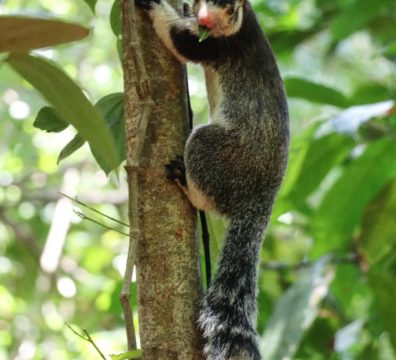

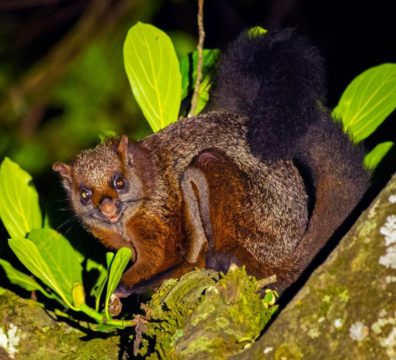
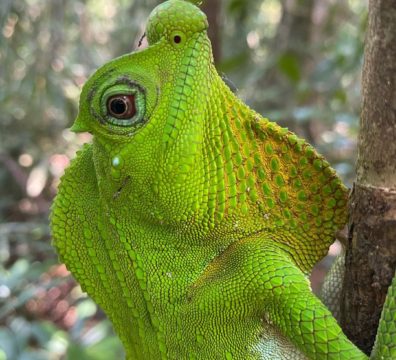
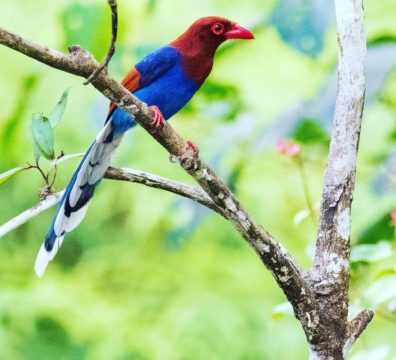
DAY 11 & 12 | MIRISSA - WHALE WATCHING MIRISSA
Two hours drive from the Sinharaja rain forest we will reach Mirissa. south west beach and famous destination among travelers. you can enjoy the first day evening at the beach and next day morning we will go the fishing habour for whale watching tour. best time for whale watching would be November to April. we adjust our itinerary when is off season for whale watching.
Whale watching in Mirissa – Fully fledged commercial whale watching was first developed in Mirissa. Marine Biologist Dr Charles Anderson hypothesis is that Blue Whales seen off Sri lanka’s east coast are migrating between the Arabian sea (Off the Horn of Africa) and the Bay of Bengal. This would see them passing close to Dondra, the southernmost point of Sri lanka. The 15 species of cetacean recorded from Mirissa. Blue Whale (Balaenoptera musculus), short-finned pilot whale (Globicephala macrorhynchus), melon-headed whale (Peponocephala electra), false killer whale (Pseudorca crassidens), killer whale (Orcinus orca), sperm whale or cachalot[a] (Physeter macrocephalus), humpback whale (Megaptera novaeangliae), Bryd’s Whale (Balaenoptera brydei), striped dolphin (Stenella coeruleoalba), pantropical spotted dolphin (Stenella attenuata), spinner dolphin (Stenella longirostris), spinner dolphin (Stenella longirostris), Risso’s dolphin (Grampus griseus), Bottlenose dolphins, rough-toothed dolphin (Steno bredanensis).
Other sea Animals can see in Sea – whale shark (Rhincodon typus), Manta rays, Persian shearwater (Puffinus persicus), Pomarine jaeger (Stercorarius pomarinus).

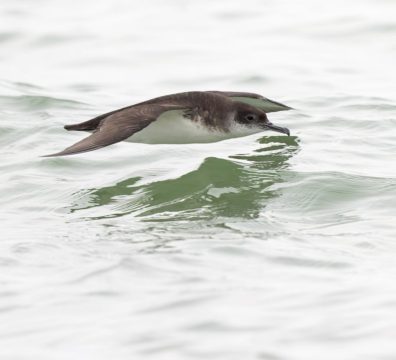
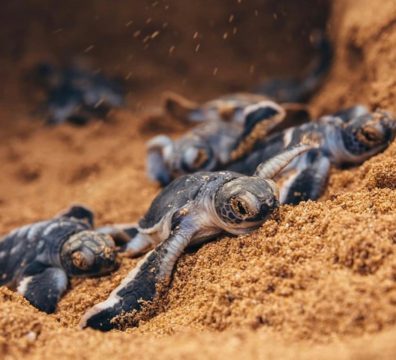
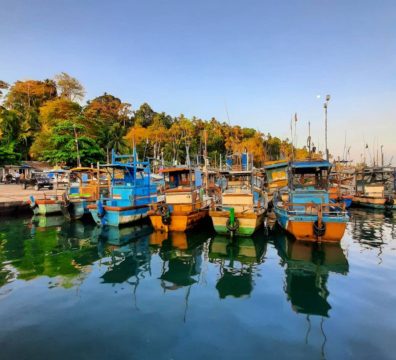
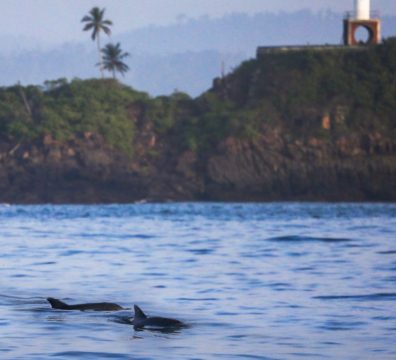
DAY 13 & 14 | SEA TURTLE CONSERVATION CENTER - COLOMBO CITY TOUR - TALANGAMA WET LAND -DEPARTURE.
Today we can start at convenience time our first stop would be Sea turtle conservation center. then we stop at Galle Dutch fort another UNESCO world heritage site in Sri Lanka. then we reach Colombo and commence Colombo city tour which covers all the main tourist attractions around the Colombo. We can visit Talangama wet land evening or next day morning. tour will finish after we drop you at the Airport. Thank You ! have a safe flight !
The Talangama Wetland offers visitors a close encounter with nature, without leaving the city of Colombo. It is situated in the outskirts of Colombo at Talangama Battaramulla close to the administrative capital of Sri Jayawardenepura and takes less than an hours’ drive from Colombo.This wetland encompasses a manmade irrigation reservoir, lush green paddy fields, canals, ponds and marshes; the diversity making it a unique and favourable ecosystem for diverse species of fauna and flora to thrive in.
Thalangama Lake is home to about 100 species of wetland birds and common garden birds such as Herons, Bulbuls, Swamp hens, and Water hens, Kingfishers, Teals, Gulls, Swallows, Egrets and Storks amongst many others. Also seen here are numerous species of Butterflies and Dragonflies. There are also plenty of Purple faced leaf monkey and other reptiles to be seen here.The Talangama Wetland is the best place to spend an enjoyable day birding, right in the suburbs of Colombo. The best time to visit the Wetland is early in the morning and late evening when birds and other wildlife are seen in plenty. Visitors can also hire a paddle boat and enjoy paddling on the lake with a great opportunity to take a closer look at the wildlife on the lake.It is believed that the ancient Thalangama tank was built by King Parakramabahu VI during his reign from ca. 1412 to 1467 AD. It was a bathing place for the elephants of the royal army, and serves until today irrigated paddy cultivation, grazing water buffaloes, and flood water retention. The word Thalangama is said to derive from the word ‘Thadaka Gama’ or ‘village of ponds’.
Birds you can see from here – Black bittern (Ixobrychus flavicollis), Yellow bittern (Ixobrychus sinensis), Watercock (Gallicrex cinerea), little egret (Egretta garzetta), yellow-billed egret (Ardea intermedia), great egret (Ardea alba), chestnut bittern (Ixobrychus cinnamomeus), spot-billed pelican (Pelecanus philippensis) and many more.
Other Fauna you can see from here – Mammals – yellow-striped chevrotain (Moschiola kathygre), Indian crested porcupine (Hystrix indica), Indian Hare (Lepus nigricollis singhala), Ruddy mongoose (Urva smithii).
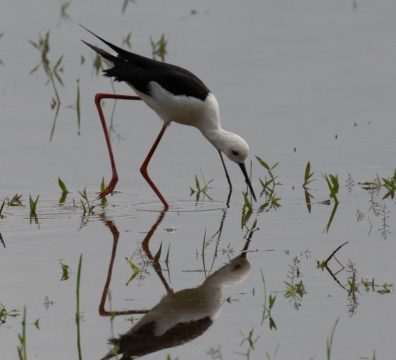
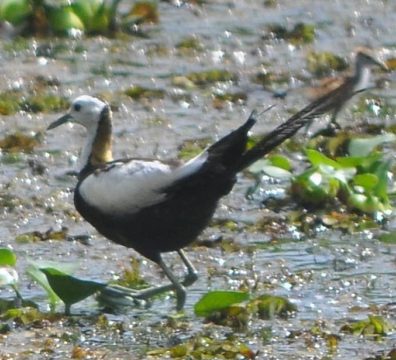
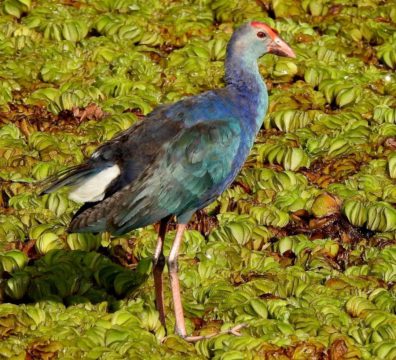
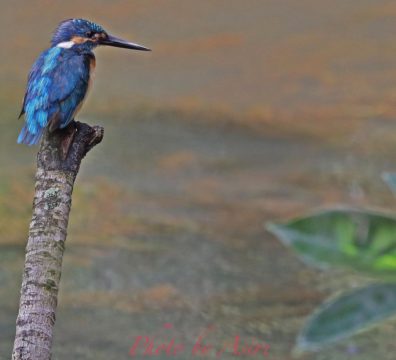
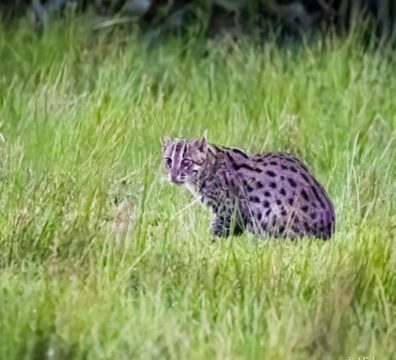
Inclusions
- 13 nights accommodation at the resorts,Eco lodges,guest houses with breakfast and dinners.
- Arrival and the departure assistance at the airport and transportation by A/C vehicle on private basis with passenger insurance.
- Service of the English-speaking professional guides having good experienced in birdwatching & Wild life.
- A "Wild Sri Lanka" by Gehan De Silva and two more guide books related to butterflies and dragonflies for every client as a complimentary gifts.
- Preparing the Trip Report before the departure.
- Free water bottles, Wi-Fi (Sim Card).
- All government taxes are included for above all
Exclusions
- Sightseeing entrance charges (unless specified).
- Meals not mentioned in the itinerary.
- Tips, portage, laundry excludes.
